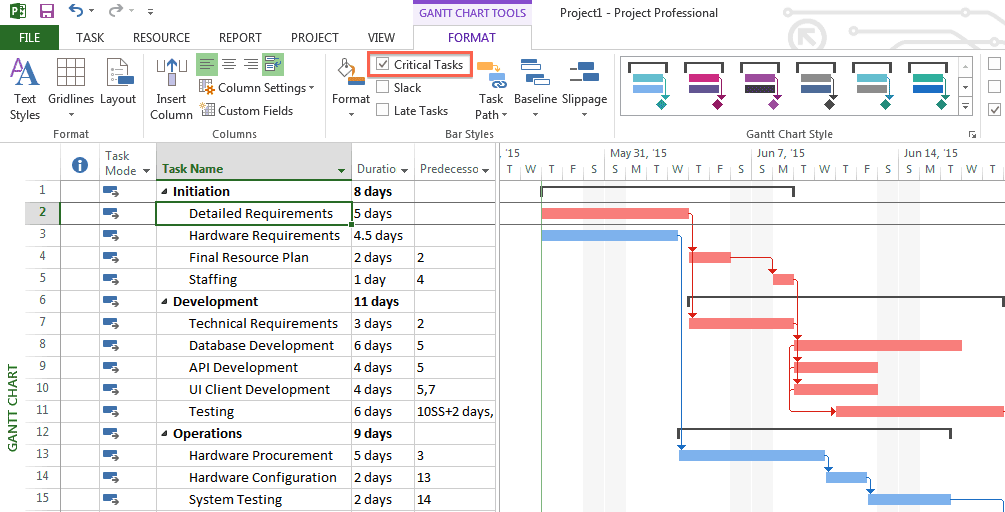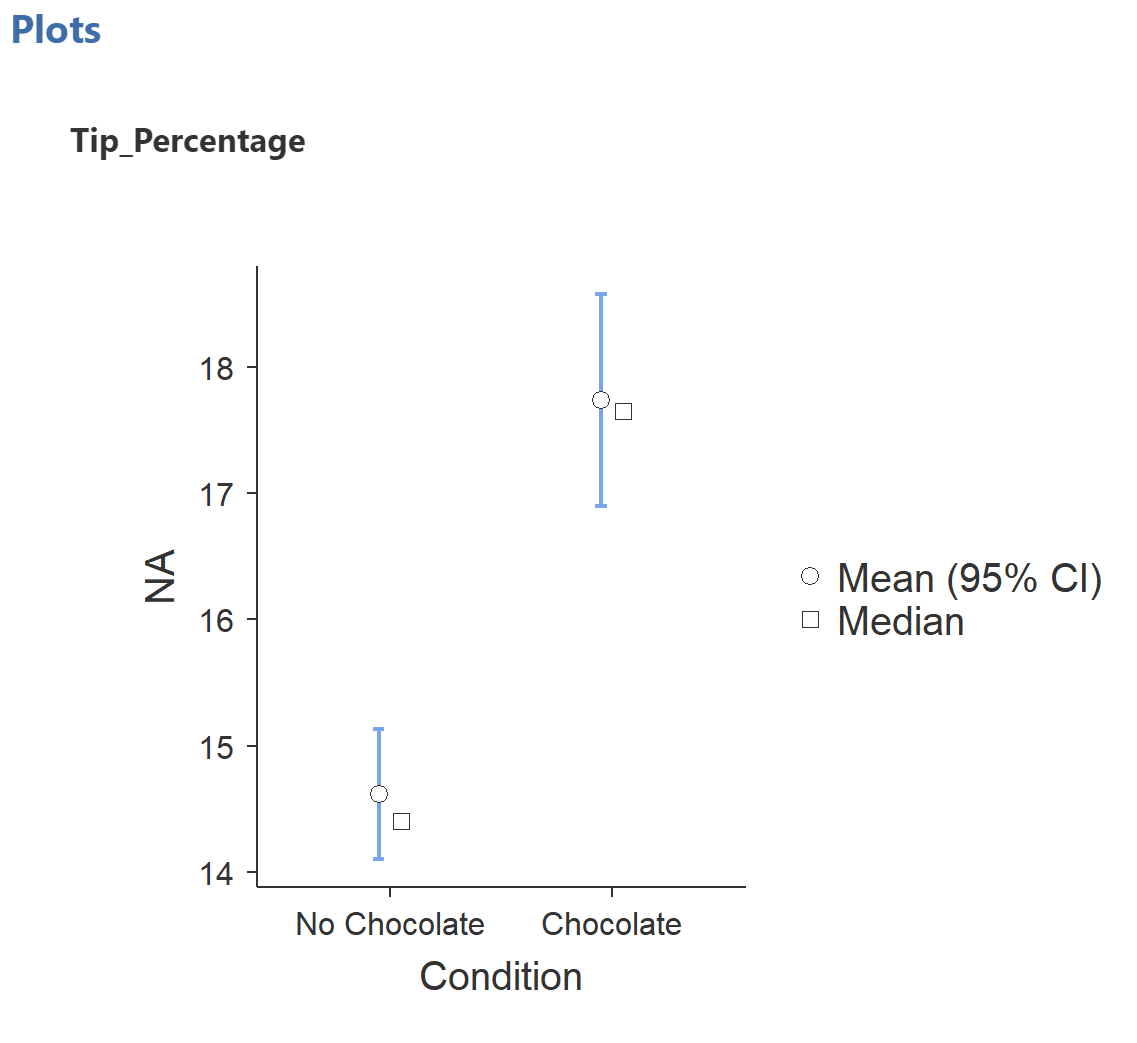

Add error bars on graphical analysis how to#
How to Make a Graph in Excelīefore you can add error bars to your Excel spreadsheet, you first need to have a graph, and a graph is only creatable if there is already some information on your spreadsheet.īelow is a simple example to illustrate a 2D clustered column. This quick how-to guide will cover adding error bars in Microsoft Excel first and then Google Sheets. Keeping track of it all can be difficult, so implementing error bars in Excel and Google Sheets is an excellent way to make your life easier. You can have all kinds of intervals like, credible intervals or confidence intervals, in which case the uncertainty is tackled in some way or another.Error bars make it easier to navigate data and information, primarily if you deal with lots of numbers and percentages. Standard deviations are just a simple way of expressing the uncertainty. When the error bars represent the estimated standard deviation then indeed the error bars themselves have some uncertainty as well. Standard deviation, standard error, are simple indicators of intervals So this discussion about uncertainty in the uncertainty estimates themselves and can be seen as similar to a more general discussion about intervals. Interval estimationĮrror bars can be seen as a graphical representation of interval estimation. When we interpret the error bars more in this way, as an interval that contains the parameter some amount of time, then the error on error bars is sort of baked into it and is in this expression of error of containing the parameter. For large samples it will become approximately 32% error (see –95–99.7_rule) In this example we made 61 times (30.5%) a wrong estimate of the interval (coloured red/blue when we underestimate or overestimate the mean). We are not certain about the exact value of the standard deviation.īut one thing is more or less a constant, that is the probability that the true mean is inside the interval depicted by the error bar. We can indeed see that the estimate of the standard deviation is different each experiment. We did 200 repetitions with samples of size 10.


I'm not sure what the utility of this is, though.īelow is a simulation where we repeated an experiment of estimating the mean of a normal distribution with $\mu = 0$ and $\sigma = 1$. Just to add some notes on how I was thinking:Ĭoming from a computational physics background myself, I'm used to Monte Carlo methods, and the $1/\sqrt \left = 1-\alpha.įor example, the "confidence interval" $(L^L(X), U^L(X))$ contains the random variable $L(X)$ a fraction $1-\alpha$ of the time.īased on all these confidence intervals, we could extend the original confidence interval to $(L^L(X), U^U(X))$. Of course 5 samples isn't very much, but if my samples are obtained via some convoluted experimental procedure (capturing a wild animal and taking a blood sample, for example), it might not be an easy option to get more samples. We can see that by chance, these sample means and error bars look quite different, and not really mutually compatible. The sample means, and error bars of +/- the sample standard deviations, are shown below.

My question is, is there any way I could meaningfully indicate how certain I am of those error bars? Adding error bars to the error bars, so to speak.Īs as example, I have drawn 5 samples from some distribution, and I have repeated this 5 times. Since I don't know much about the underlying distribution, I just add error bars showing +/- the standard devaition of the samples. I want to present the sample mean, and add some error bars. Let's say that I'm drawing samples from some unknown distribution, with finite mean and variance. Inspired by my recent attendance at an environmental toxicology conference, I have the following question about error bars:


 0 kommentar(er)
0 kommentar(er)
